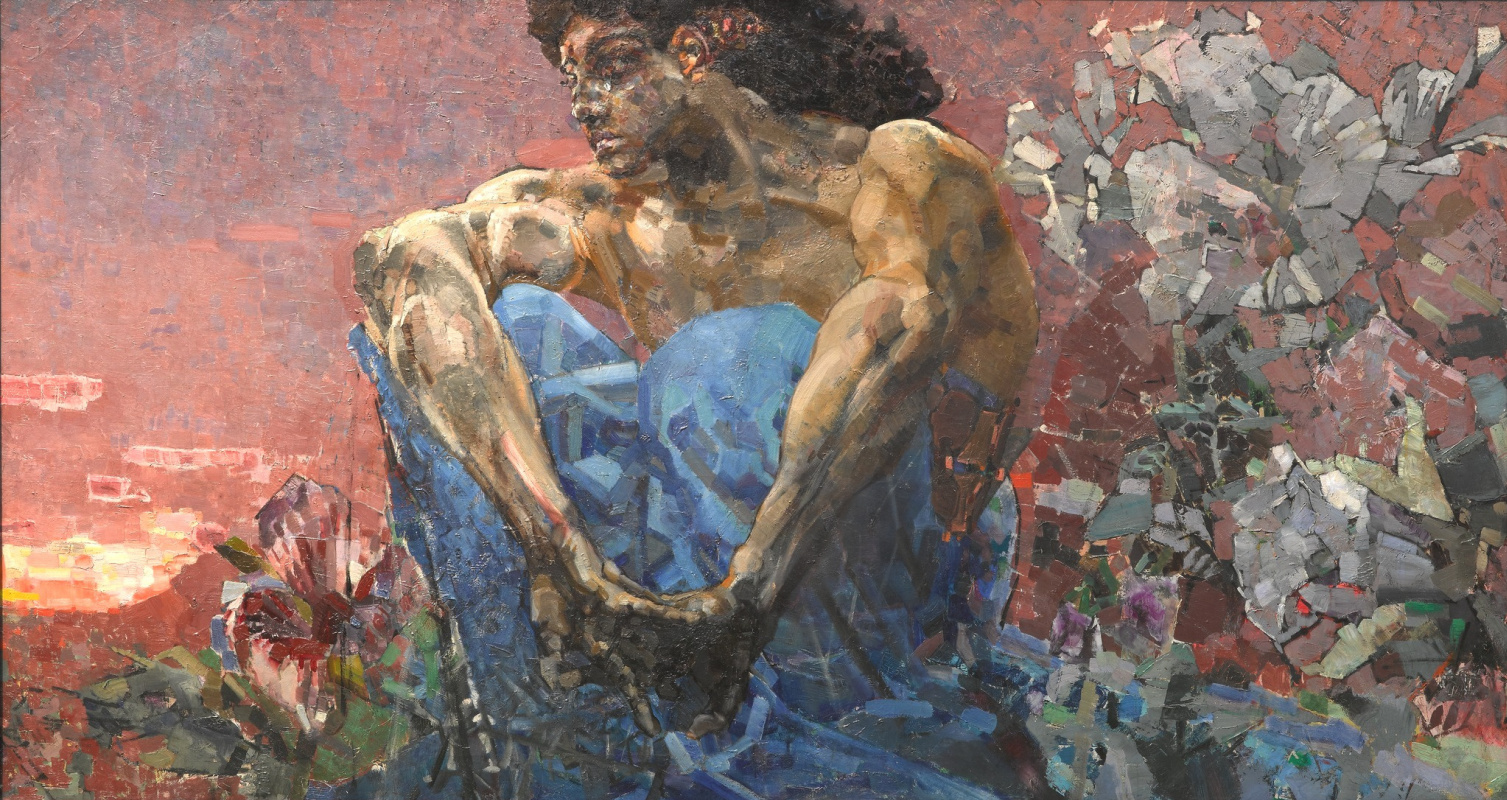log in
Enter site
Login to use Arthive functionality to the maximum
Symbolism
10,002 artworks, 1,674 artists
Symbolism (fr. symbolisme, gr. σύμβολον — “sign, symbol”) is a literary and artistic movement in art, which emerged in the late 19th — early 20th centuries. The basis of the symbolists’ creative activity was symbol – some secret idea or thought realized in the context of mystical or romantic concepts, otherworldly phenomena, dreams, hints and secrets. In the symbolism, the real world’s phenomena, nature and people act only as the way of conveying the artist’s inner, deeply personal, experience.
The founders of this art movement often turned to Schopenhauer’s idealistic philosophy, the “theory of the unconscious” by Edward Hartmann, and the writings of Friedrich Nietzsche. Symbolism developed its own new, often abstract, means of expressing psychological experiences. The artworks of symbolism were the beginning of the end of classical painting traditions in the fine arts.
In their paintings, the symbolist artists proclaimed the idea that a different, inexpressible reality made of dreams and visions, is hidden behind the subject matter. The main focus was on the emotions, feelings and subjective view of the artist. Symbolism gave the artists a belief in the ability – and the need – to show the viewer the truth coming from the bottom of the soul. The masters of the brush turned to occultism, to the study of various pathologies and paradoxes, to the world of dreams, melancholy, eroticism, to the eternal themes of evil and death, demonstrating a clear social anti-bourgeois protest.
Symbolism became a sort of bridge from the 19th century romanticism to the modernist painting of the early 20th century. However, it never was considered a formal style, as the works of its followers were so eclectic. With deep relation to the world of literature, symbolism in painting often demonstrated the visualization of the images created by poets, writers, and philosophers such as Paul Verlaine, Arthur Rimbaud, Edgar Poe, Stéphane Mallarmé, Arthur Schopenhauer.
In Russian painting, the Blue Rose symbolist artist association was rather famous, and its nucleus was formed in Saratov in 1907 by the graduates of the Moscow State Pedagogical University, painters Pavel Kuznetsov, Pyotr Utkin and sculptor Aleksandr Matveev.
Significant symbolist paintings:
Eye-Balloon, Odilon Redon, 1878
Hope, George Frederic Watts, 1886
Jupiter and Semele, Gustave Moreau, 1895
The Wounded Angel, Hugo Simberg, 1903
The Dance of Life, Edvard Munch, 1899—1900
Symbolist artists:
Gustave Moreau, Henri Fantin-Latour, Odilon Redon, Pierre Puvis de Chavannes, Eugène Carrière, Giovanni Segantini, Edvard Munch, Max Klinger, Alfred Kubin, Viktor Borisov-Musatov, Mikhail Vrubel, Mikalojus Čiurlionis, Léon Bakst, Jacek Malczewski, František Kupka, Aubrey Beardsley, George Frederick Watts, Frederick Cayley Robinson, Fernand Khnopff, Xavier Mellery, Hugo Simberg, Frieda Kahlo.
The founders of this art movement often turned to Schopenhauer’s idealistic philosophy, the “theory of the unconscious” by Edward Hartmann, and the writings of Friedrich Nietzsche. Symbolism developed its own new, often abstract, means of expressing psychological experiences. The artworks of symbolism were the beginning of the end of classical painting traditions in the fine arts.
In their paintings, the symbolist artists proclaimed the idea that a different, inexpressible reality made of dreams and visions, is hidden behind the subject matter. The main focus was on the emotions, feelings and subjective view of the artist. Symbolism gave the artists a belief in the ability – and the need – to show the viewer the truth coming from the bottom of the soul. The masters of the brush turned to occultism, to the study of various pathologies and paradoxes, to the world of dreams, melancholy, eroticism, to the eternal themes of evil and death, demonstrating a clear social anti-bourgeois protest.
Symbolism became a sort of bridge from the 19th century romanticism to the modernist painting of the early 20th century. However, it never was considered a formal style, as the works of its followers were so eclectic. With deep relation to the world of literature, symbolism in painting often demonstrated the visualization of the images created by poets, writers, and philosophers such as Paul Verlaine, Arthur Rimbaud, Edgar Poe, Stéphane Mallarmé, Arthur Schopenhauer.
In Russian painting, the Blue Rose symbolist artist association was rather famous, and its nucleus was formed in Saratov in 1907 by the graduates of the Moscow State Pedagogical University, painters Pavel Kuznetsov, Pyotr Utkin and sculptor Aleksandr Matveev.
Significant symbolist paintings:
Eye-Balloon, Odilon Redon, 1878
Hope, George Frederic Watts, 1886
Jupiter and Semele, Gustave Moreau, 1895
The Wounded Angel, Hugo Simberg, 1903
The Dance of Life, Edvard Munch, 1899—1900
Symbolist artists:
Gustave Moreau, Henri Fantin-Latour, Odilon Redon, Pierre Puvis de Chavannes, Eugène Carrière, Giovanni Segantini, Edvard Munch, Max Klinger, Alfred Kubin, Viktor Borisov-Musatov, Mikhail Vrubel, Mikalojus Čiurlionis, Léon Bakst, Jacek Malczewski, František Kupka, Aubrey Beardsley, George Frederick Watts, Frederick Cayley Robinson, Fernand Khnopff, Xavier Mellery, Hugo Simberg, Frieda Kahlo.
Read more
Feed

